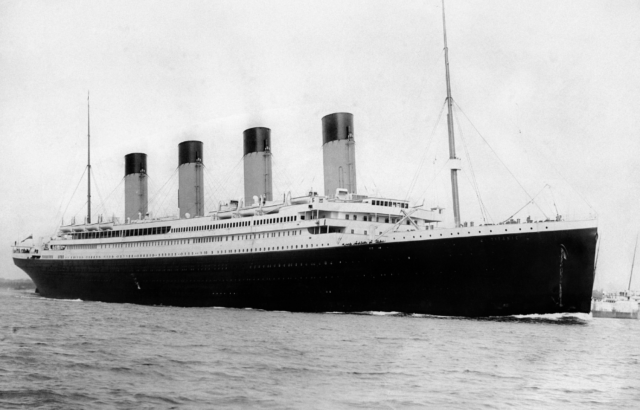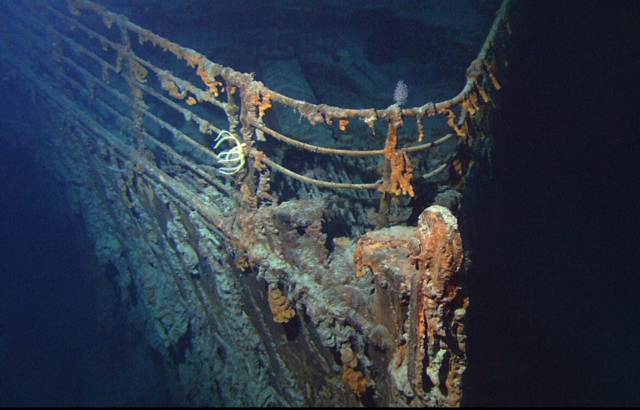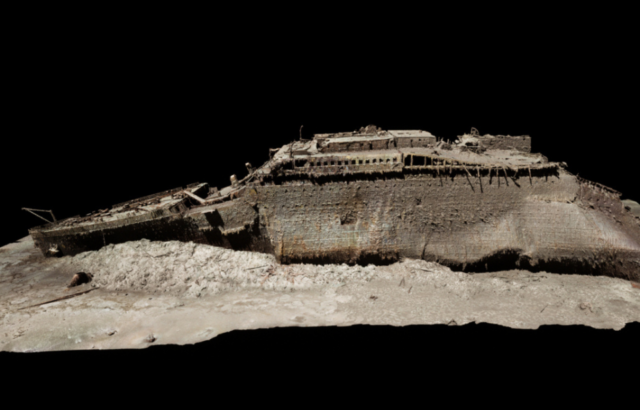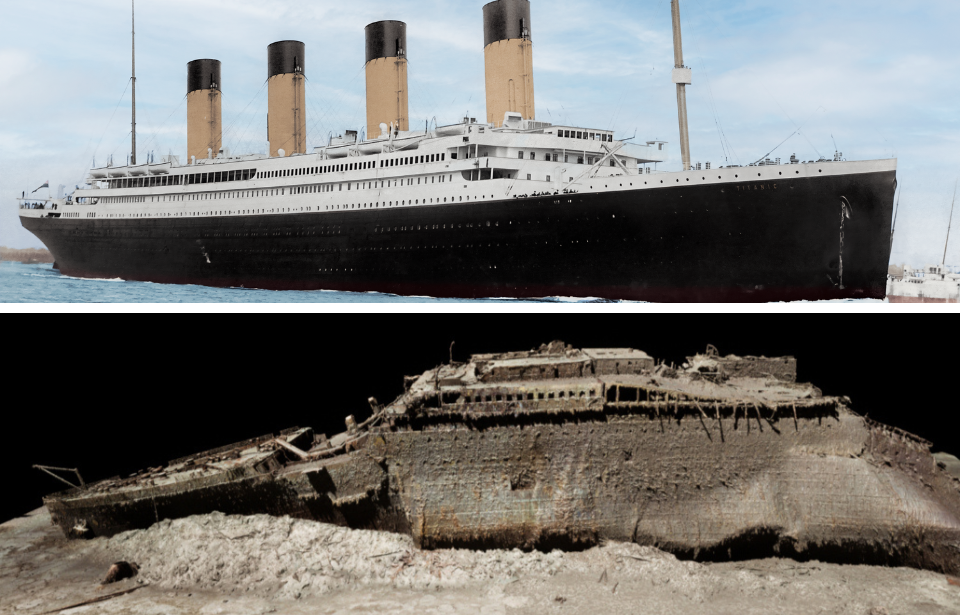On April 15, 1912, Titanic collided with an iceberg and sank. For over 100 years, she has been frozen in time at the bottom of the Atlantic Ocean. The cruise liner has captured the public’s imagination, and after the wreck’s 1985 discovery, has spurred documentaries as well as the 1997 feature film. Titanic is now the focus of the largest underwater three-dimensional scans in history, making images available to the public like never before.
Titanic in 3D
Titanic rests nearly 400 miles south of Newfoundland, Canada, at a depth of 12,500 feet. Footage of the wreckage has always focused on certain parts of the ship because the cameras being used could only capture so much. But Magellan Ltd, a deep-sea mapping company, has used state-of-the-art technology to create a 3D reconstruction, or “digital twin,” of Titanic.

In the summer of 2022, the team used two remote-controlled submersibles named Romeo and Juliet that studied Titanic for 200 hours. During this time, over 700,000 images were taken at every angle, capturing every millimeter of the ship. What the Magellan team accomplished is, as Richard Parkinson, the founder of the company, said, “astonishing.”
Parkinson added, “Over the course of the Titanic project, the volume of data that we acquired was enormous-around 715,000 images and some 16 terabytes of data. We believe that this data is approximately ten times larger than any underwater 3D model that’s ever been attempted before.”

Gerhard Seiffert, who planned the expedition, said this of the project: “What we’ve created is a highly accurate photorealistic 3D model of the wreck. Previously footage has only allowed you to see one small area of the wreck at a time… This model will allow people to zoom out and to look at the entire thing for the first time.”
The project was not without its issues, as the wreckage is prone to damage. “And the other challenge is that you have to map every square centimeter, even uninteresting parts, like on the debris field, you have to map mud, but you need this to fill in between all these interesting objects,” Seiffert added.
Despite these challenges, the project has resulted in a spectacular 3D rendering of Titanic on the sea floor.
‘The beginning of a new chapter’
Parks Stephenson, a researcher who has focused on Titanic for 20 years, called the creation of the 3D model “a true game changer” and said that the achievement “is the beginning of a new chapter.”

The images captured are so detailed that the ship’s wreckage is not the only thing visible in these images. Champagne bottles, statues, and even passenger shoes can be seen. Remarkably, the serial number on one of the propellers is still legible.
More from us: The ‘Titanic Orphans’ Were Abducted By Their Father Before Surviving the Ship’s Sinking
The aim of this project is to help researchers reveal some of the secrets the wreckage still holds. As the underwater environment slowly destroys Titanic, researchers are all too aware that their time with the ship is slowly coming to an end. And with many questions still unanswered, this scan will be an invaluable tool – not only for researchers today but those in the future as well.
Let us know what you think in the comments below.
